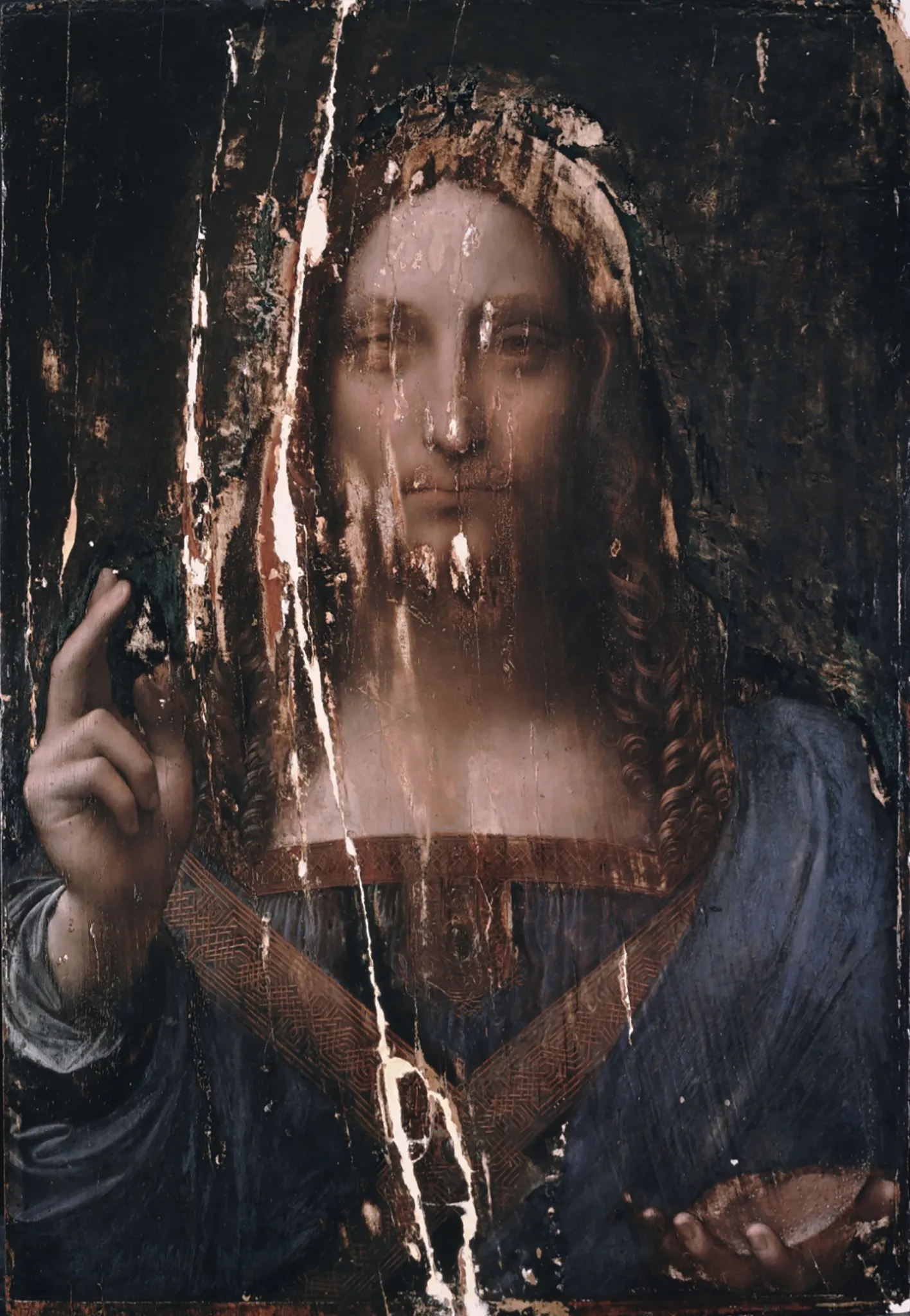It’s that time of year again where we look back at the most popular conservation case studies we’ve shared on our LinkedIN page and showcase the projects that most piqued our follower's interest. From revelations of Ancient Egypt and iconic art piece restorations to thought piece articles of mysterious Da Vinci's, we have thoroughly enjoyed reading all of them.
Behind the Scenes in Conservation: Revealing the Details of an Egyptian Scarab Ring
Conserving small archaeological finds can be absolutely fascinating and this particular project including an ancient egyptian scarab ring is one of those. But it doesn’t come without it’s challenges as we see here.
Read the full case study here.
Technology Catches Up: A Conservation Story About Morris Louis’s Painting Beta Upsilon
“Much like the Hippocratic oath taken by doctors to do no harm, conservators are guided by a parallel ethical code in their work. There are instances when addressing the challenges of a conservation treatment fall outside the limits available, and on such occasions, the best solution can only reveal itself over time, with the patience and expertise of professionals and the future development of science and technologies.
Such was the case with the treatment of Morris Louis's monumental painting, Beta Upsilon.”
Read the full case study here.
The world’s most famous tutu has been restored
Conservation of icon’s of art history always makes for a popular conservation project and that is certainly the case here with Degas’ “The Little Fourteen-Year-Old Dancer” statue. When a complete replacement of the famous tutu was required, I think the world was on tenderhooks waiting to see the final result.
Read the full case study here.
Salvator Mundi: a Bone of Contention – Prominent Art Restorer Speaks Out
Not so much a conservation case study, but a thought provoking article on the authenticity of a Leonardo Da Vinci painting, once lost, then found, then extensively examined, restored, bought, sold (for record breaking amounts) and now back out of public view once again.
As the mystery continues, read the full article here.
The Postmaster General’s Collection: Case Studies in Conservation Treatment
“This post outlines the steps taken to preserve original art used to create three iconic stamp series issued in 2012. Each stamp series was designed by a different artist and represents its own unique preservation challenges regarding materials and techniques. Viewed as a collection of case studies, these artworks offer compelling insights into best practices for repairing and stabilizing modern works of art on paper.”
Read the full case study here.
Brushwork and patience: work on the straw rain cape at The British Museum
This projects featured a particularly fragile conservation challenge working on a straw rain cape.
“Probably dating from the mid-to second-half of the 19th century, the palm leaf has become very dry and brittle. Although stored carefully in a lidded box in the Museum’s storage facilities, a bag of collected leaf ends immediately alerted us to its fragility and the fact that any handling had to be done very carefully indeed.”
Read the full case study here.
Ancient Glow-in-the-Dark Artifacts
The technical analysis of bowl dating from the Egyptian Early Dynastic period, from roughly 3000-2800 BCE revealed some very unexpected materials.
Read the full case study here.
The Death of Socrates: New Discoveries
Although not first published in 2023, the extensive and detailed account of this wonderful Technical examination of Jacques Louis David’s masterpiece once again captured a lot of attention. The revelation that the refinements seen in the artist’s preparatory drawings didn’t end when he began painting - rather, continued through all stages of its execution is a fascinating read.
Read the full case study here.
Art conservation and designing a treatment
Planning a conservation treatment for book, Grammar of Ornament by English architect and designer Owen Jones (1809-1874) is no easy task. The 1856 edition weighs 20 pounds and measures 22 inches by 16.25 inches by 2.5 inches; it is best viewed while it rests on a table or is supported in a cradle. See how WUDPAC Fellow Johanna Pinney plans the treatment.
Read the full case study here.
“Dyeing” to find the perfect shades of pink silk chiffon
In the bid to repair a pink silk chiffon 1920s dress, the perfect shade of pink must be found! “Textile conservators custom-dye samples of appropriate fabric to match the exact shade (or very nearly) of objects to be repaired with patching material. In this case, the delicate chiffon has some small holes in the shoulders, sleeves, and cuff edges that we will fill with dyed-to-match silk chiffon.”
Read the full case study here.
To see more of our favourite conservation projects, follow Willard Conservation on LinkedIN here.





















Comments